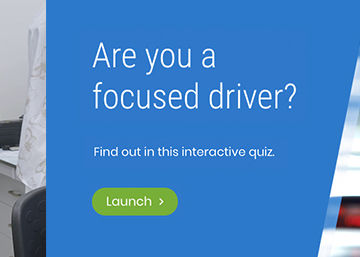
Test your facial recognition skills now by clicking on the image above...
Instructions - For the best results, use a modern web browser. Upgrade to the latest version of Internet Explorer or try a free alternative like Google Chrome, Firefox or Safari.
The science behind PhotoFit Me
Imagine the scene: you witnessed a man stealing a mobile phone and are now being interviewed by the police who ask you for a description. You think you remember him well and have no problem describing what he was wearing… but what about his face?
You remember he was Caucasian, had dark hair and was probably in his twenties, but just cannot find the right words to describe what his face looked like.
This is a problem experienced by all eyewitnesses. Not only do you have to try to picture the face of the perpetrator in your mind, but you also have to translate this visual image into a verbal description.
Both of these actions are very hard to do, which is why systems such as PhotoFIT and E-FIT were developed. These enable a witness to construct a picture of the perpetrator’s face visually, by searching through albums of individual features and then putting these together to form a whole face.
Sounds simple, doesn’t it? The problem is that we do not recognise faces feature by feature and do not store faces in our memories as collections of nose and eyes and so on. Instead we remember the whole face and therefore find it difficult to picture individual features in our mind and to construct faces one feature at a time.
To see how difficult it is to make a face feature by feature, we challenged you to construct an accurate image of a friend, a celebrity or (even yourself!) with our PhotoFit Me widget.
Acknowledgments: Images used courtesy of Shutterstock






Rate and Review
Rate this activity
Review this activity
Log into OpenLearn to leave reviews and join in the conversation.
Activity reviews